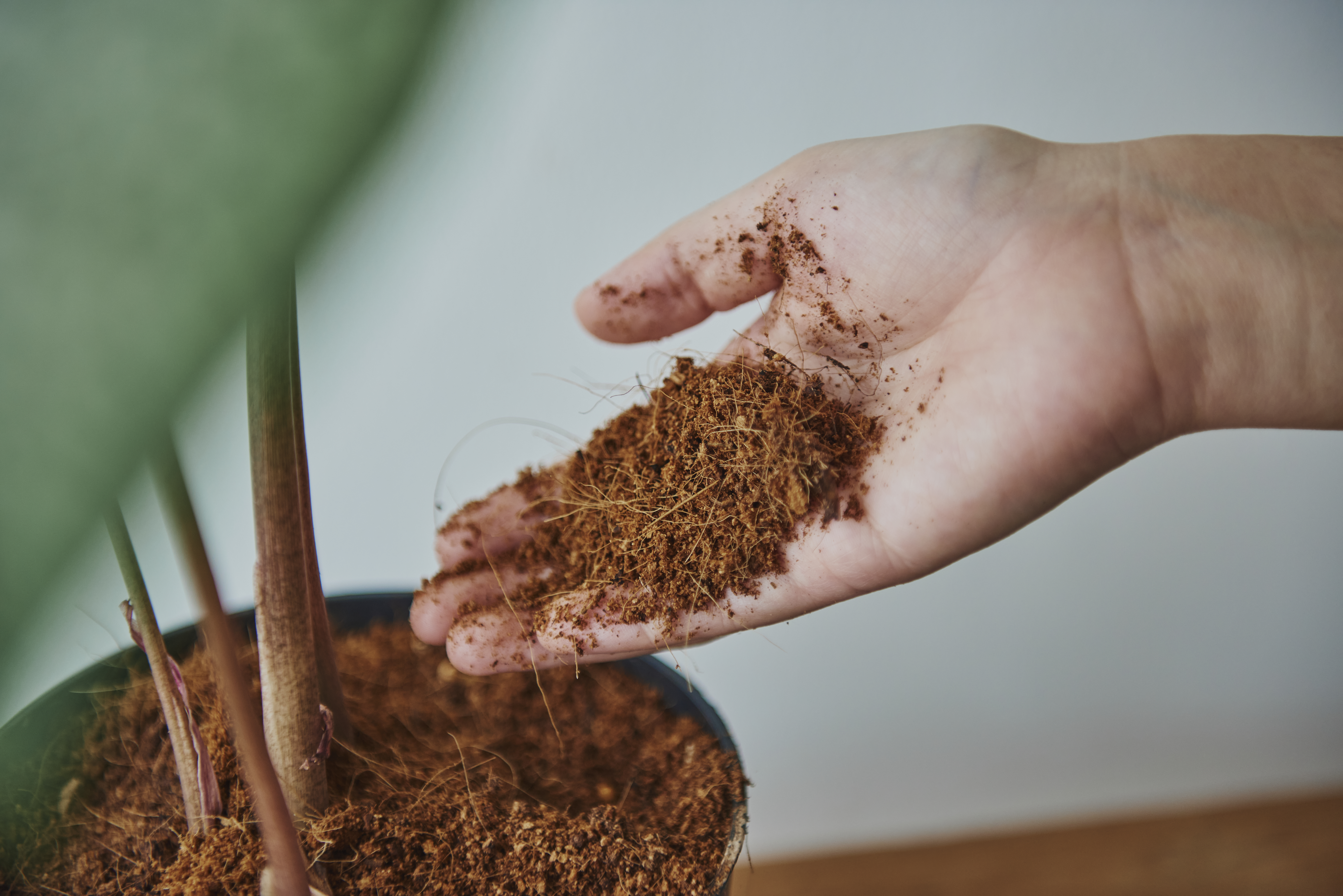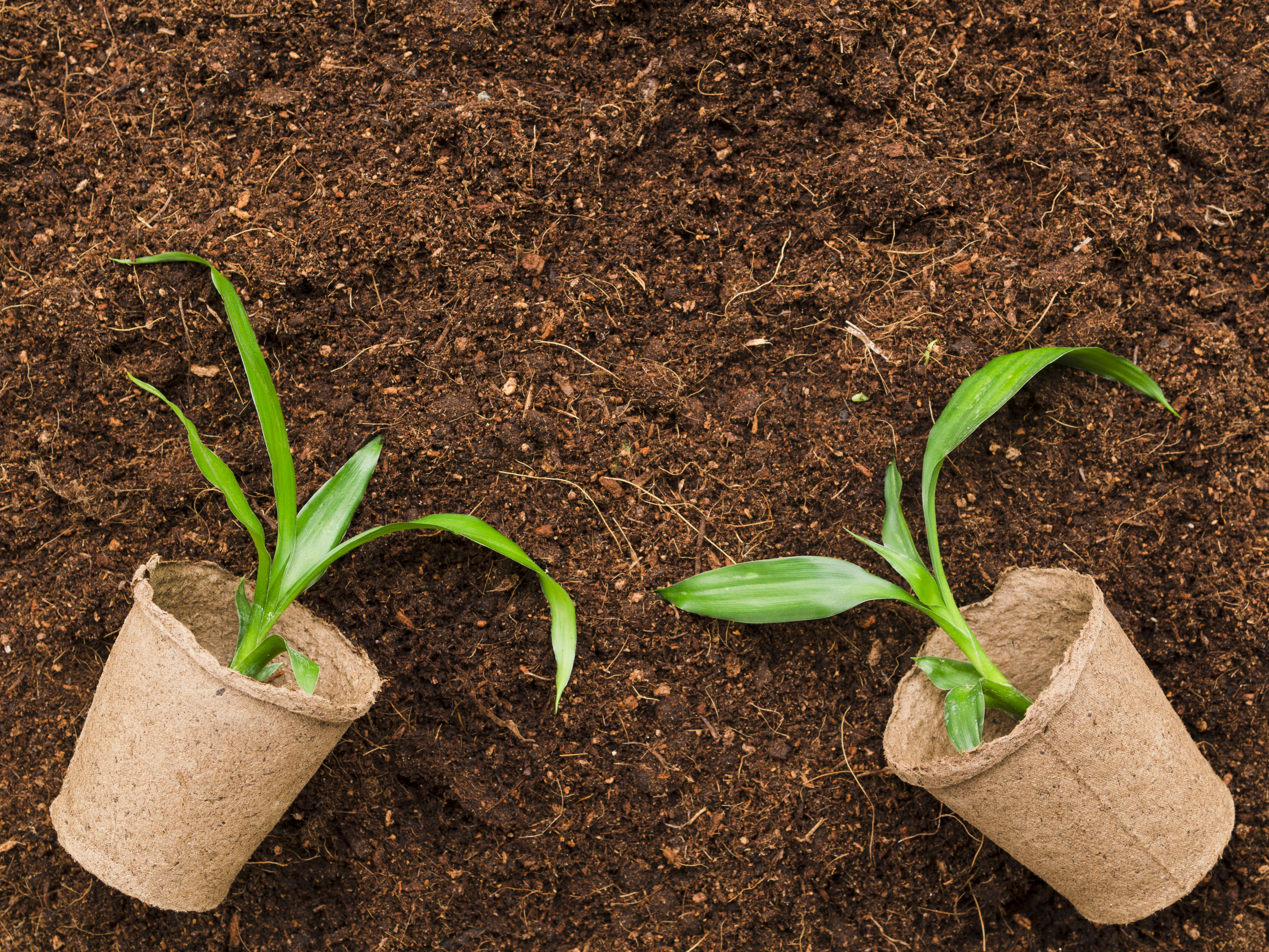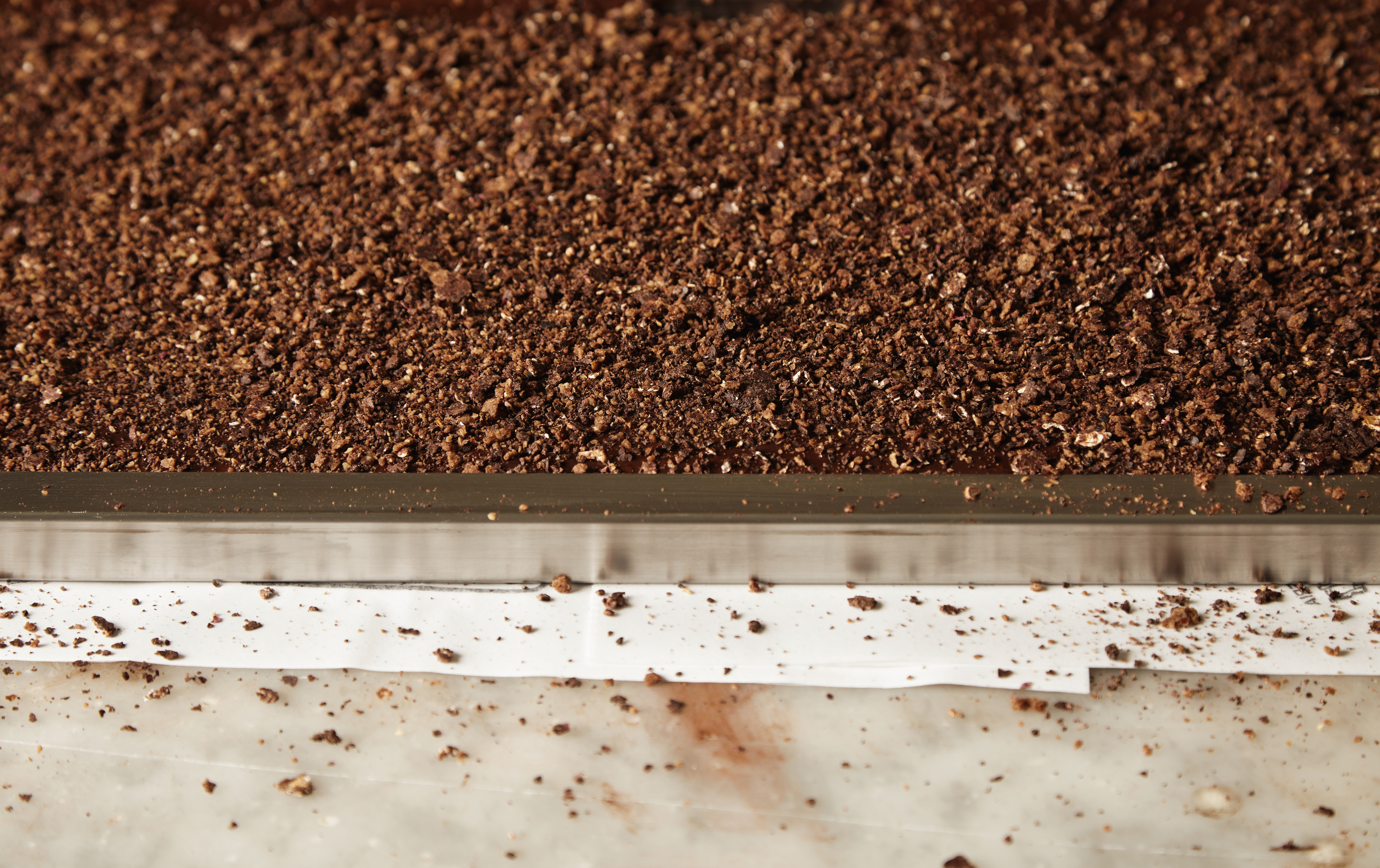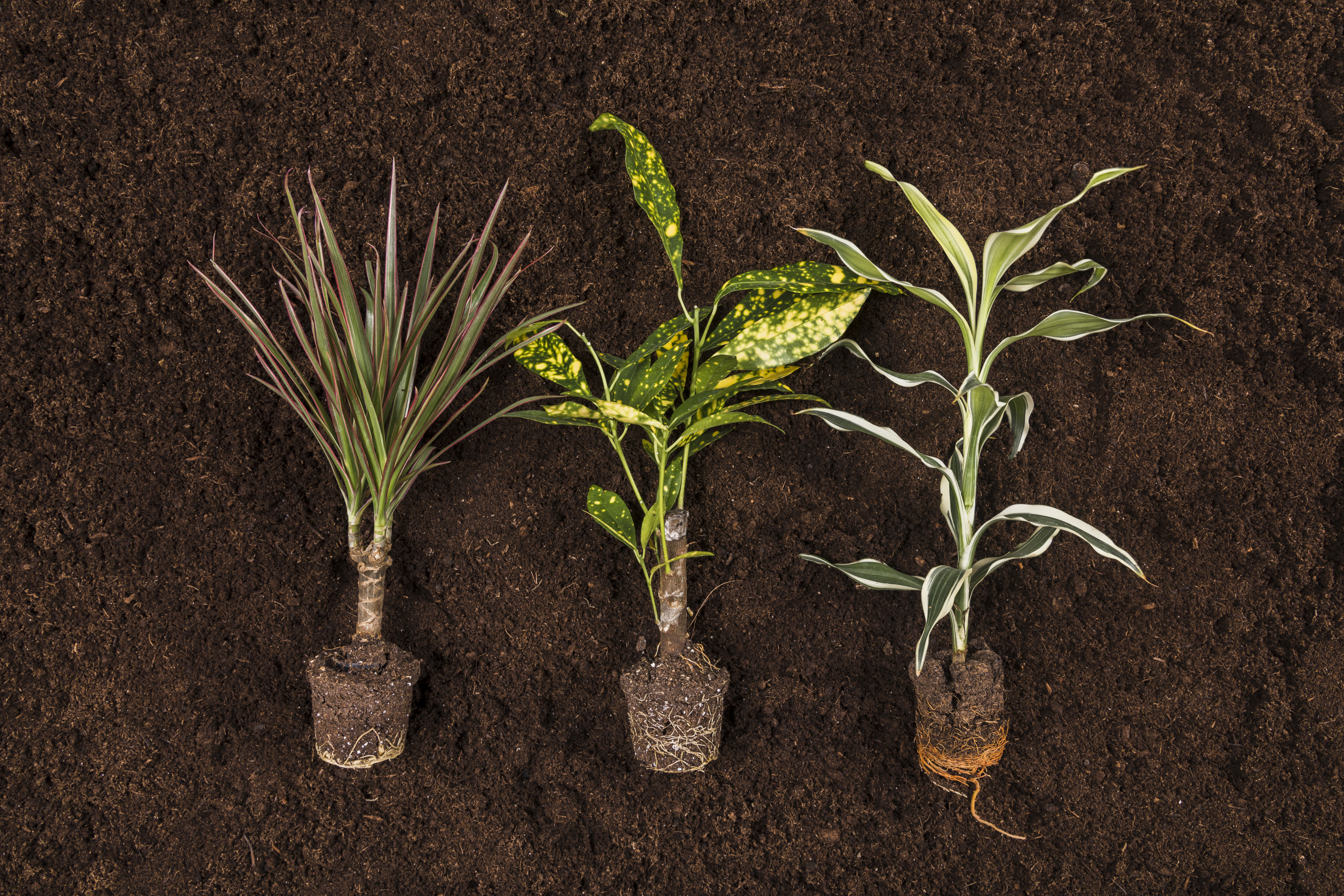🌴 Coco Coir Soil: The Ultimate Eco-Friendly Growing Medium
In recent years, coco coir soil has gained immense popularity among home gardeners, organic farmers, and hydroponic growers. This natural, sustainable, and versatile medium has become a go-to choice for plant enthusiasts looking for healthier plants and better yields—without harming the environment. Whether you're planting vegetables, ornamental flowers, or running a hydroponic setup, coco coir soil offers a reliable and eco-conscious solution.






